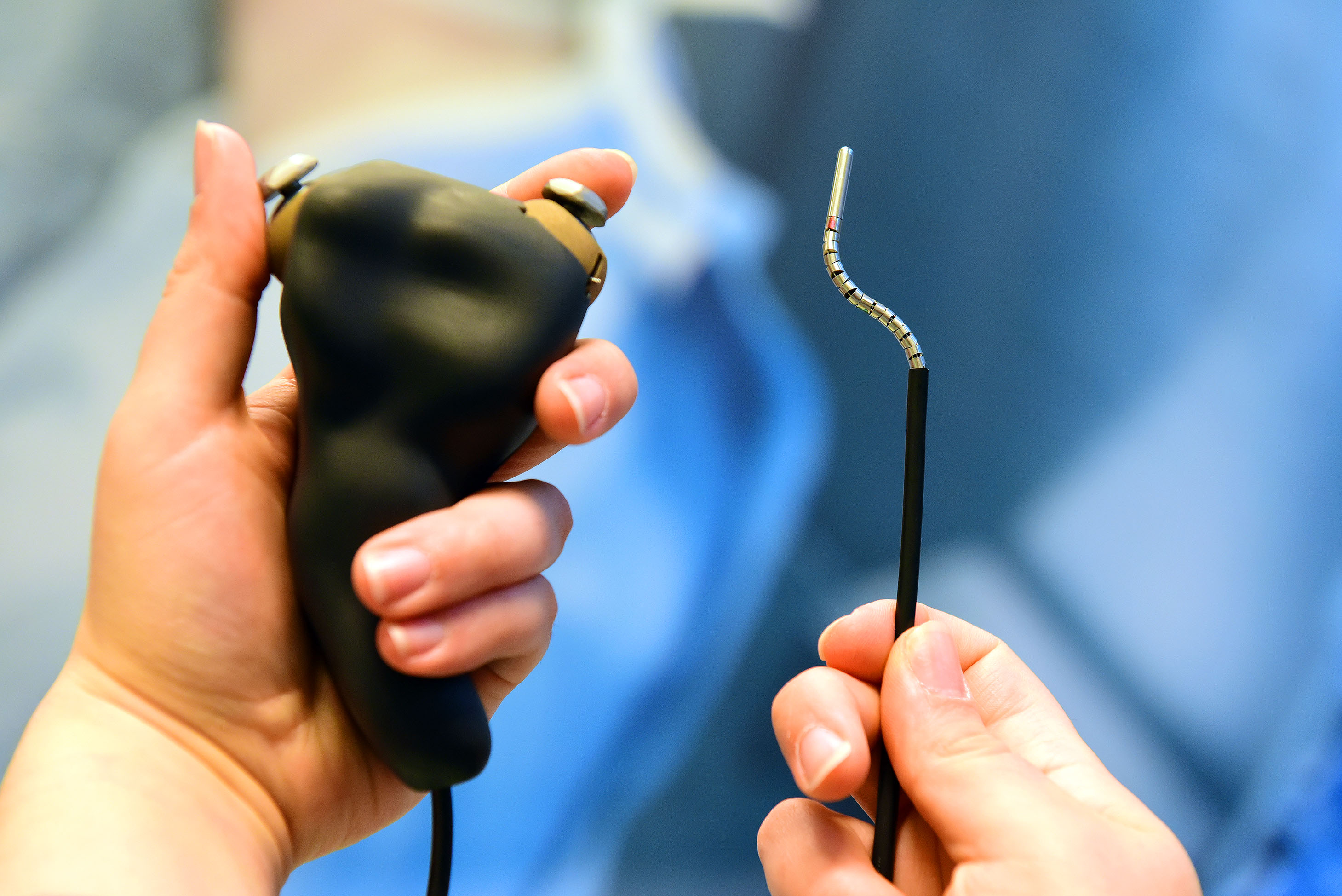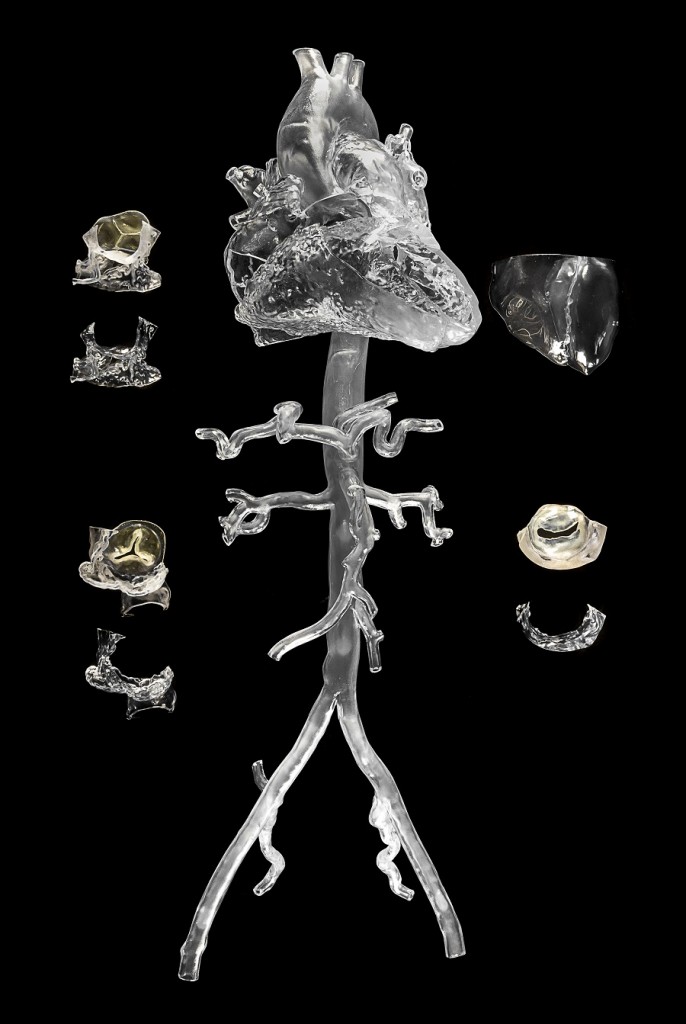Prijs voor paper over eerste katheter ter wereld die S-bochten in alle richtingen maakt
Een team van onderzoekers van de afdeling BioMechanical Engineering en de Bio-Inspired Technology Group (BITE) ontwikkelden de ‘4 DoF Steerable Sigma Catheter’; de eerste katheter ter wereld met een tip die S-bochten in alle richtingen kan maken. Deze katheter wordt bestuurd met 2 joysticks en is ontwikkeld voor complexe interventies in het hart. De publicatie ‘Catheter steering in interventional cardiology: Mechanical analysis and novel solution’ viel deze maand in de in de prijzen bij het Institution of Mechanical Engineers in de Verenigde Staten voor beste originele paper van dit jaar.
Eerste auteur Awaz Ali ontving de Thomas Hawksley Gold Medal 2020, co-auteurs Aimee Sakes, Paul Henselmans, Ewout Arkenbout, Remi van Starkenburg, Tamas Szili-Torok en professor Paul Breedveld ontvingen de bronzen medaille.
Winning this award is meaningful because it feels like an acknowledgement from the scientific community.
Awaz Ali
Samenvatting (alleen in het Engels)
In recent years, steerable catheters have been developed to combat the effects of the dynamic cardiac environment. However, current solutions are bound to a number of limitations: (1) low torsion, (2) shaft shortening, (3) high unpredictable friction, and (4) coupled tip-shaft movements. These effects make it very hard to steer in tortuous blood vessel and inside the heart. In order to tackle these limitations we developed a novel multi-steerable catheter prototype with four degrees of freedom. The tip has two steering segments that can be steered in all directions, controlled by two joysticks on the handle: one for the thumb and one for the index finger. The prototype features automatic lock of the steering angle once the joystick is released. To solve the four limitations mentioned above we used eight miniature Bowden-cables inside of the flexible shaft for independent omnidirectional steering of each tip segment. As each segment can steer in all directions, twisting the shaft is not needy for directing the catheter tip, which solves the issue with low torsion (1). The issue with shaft shortening (2) is solved with the Bowden-cables which are axially incompressible. The Bowden cables generate very low predictable friction (3) and coupled tip-shaft movements (4) are absent as the Bowden-cables transfer the joystick motions directly to the tip without influencing the shaft.

Dr. Ir. A Sakes

P. (Paul) Breedveld






